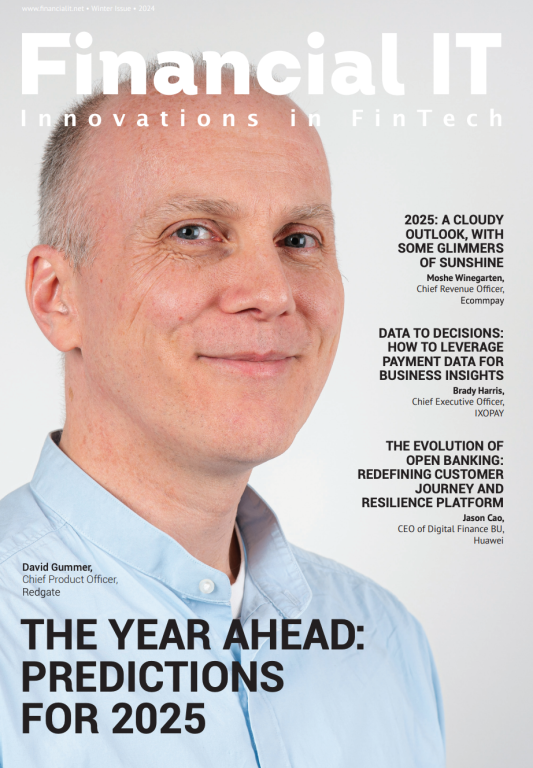APIs and New Regulations: Development Trends to Watch in 2022

- Joel Cassel, CTO at Checkin.com Group
- 15.12.2021 06:30 pm #AI #IoT , Joel Cassel is the CTO of Swedish tech success Checkin.com Group, a company that revolutionizes how users become customers to online services globally and thereby increases growth for their partners. Joel has previously had a number of leading positions at Swedish telecom giant Ericsson and holds a Bachelor of Software Engineering from the Blekinge Institute of Technology.
2021 was a significant year for the development industry. We have experienced the rise of IoT, AI and machine learning, many services shifted online because of COVID-19. What will 2022 bring in the way of development trends in the technology and online services space?
Aggregated integration replaces complex APIs
More and more companies are popping up that are focused on providing simple integration and service purchases combining complex APIs. This is often achieved by fronting and aggregating old suppliers with newer and much simpler APIs. In order to stay competitive, niche services players need to improve their own integration and usage experience or become part of an aggregation service that solves it for them.
Simplicity wins over privacy even when regulated
The following year new laws and regulations to safeguard users' wellbeing and privacy will be popping up. Notable ones are the EU "AI Regulation" and “ePrivacy” that will affect how AI based systems can handle and target people using social scoring data, like in social networks or ad-networks. This will cause a lot of upheaval among the major players, but almost no perceptible difference to the end users. Most people want a simple and smooth experience and will click "agree" to any default action when proposed with options, just like almost everyone handles cookie-questions today. If you read this chances are you might be one of the few who changes detailed settings for social scoring opt-in, but regular people will not bother.
Online mobile identification taking over
Personal verifications are coming strongly and a lot more online services will require proof of identity going forward. A key part in this transformation is that browser built-in native identification is becoming more common and moving towards a usable experience as webauthn-2 and similar protocols will be available directly in browsers. These will include thumbprint authentication or Face ID to unlock services when using them online. The current main blocker for this development is Apple with its IoS, but the bet is that Safari will be forced to follow the standards as Chrome adds it.
Making something usable out of the current cookie mess
With the 3rd party cookie phase out in Chrome during 2022, the way cookie-questions are treated will change heavily. Currently there is no common standard way to accept cookies or local storage, but the shift towards new ad-solutions driven by Google and similar will stir up the water. I believe that Opt-in privacy questions will be more and more common, and that the browsers will drive a common unifying trend to solve that using new settings or commonality in the graphical interfaces. No-one is happy with the current messy experience for cookie-approval, least of all the users.
Remote work drives equal opportunities
In the wake of the pandemic, many developers won’t be happy about doing 5 days a week at the office again. A lot of companies will need to switch their current workforce strategy to find an at least partly remote setup for their engineers. This opens up a lot of possibilities for increased competition and geographic diversity. Top talent will have the possibility to work with more premium salaries regardless of the country they live in. This will in turn speed up the phase-out and lower the benefit of the "low-cost" and "off-shored" resource solutions, since the salaries will become more and more based on performance, and less on geography.
Which other trends should be watched? Perhaps signing the data using block-chain tech, or real time low latency 5G services and energy-efficient IoT (LE) devices. All coupled with social interactions. What is next? Time will tell.





















